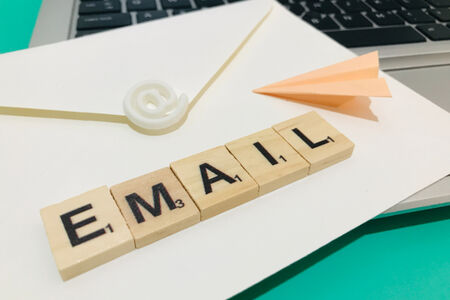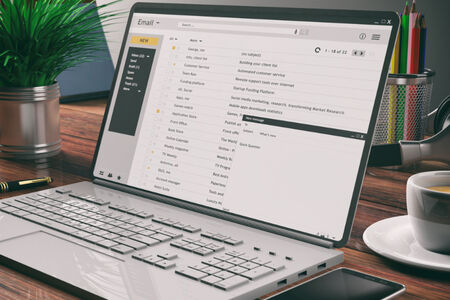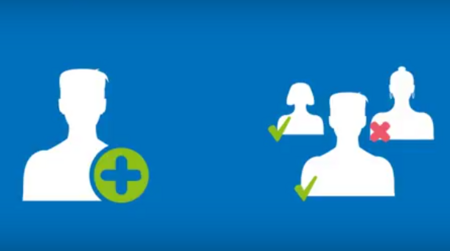
Confused about whether to set up an email distribution list or a shared mailbox? Read our article to find out which option is right for you.

Listserv management is a crucial part of every business.

Email is one of the most important communication tools for many organizations.

Simplelists is designed to be quick, easy and simple to use. It also has a collection of powerful features for users who want more from their email management software. In this short post, we remind our customers of the power of Simplelists and let those who are thinking of joining us know about the range of features available.

It is possible to allow other people to manage your Simplelists account as a separate account or list administrator. This useful feature enables you to delegate management of your email lists, share the workload and save time. You can set permissions for each new administrator and you don’t have to give everyone full control over your account. For example, an administrator can be allowed to approve messages and manage list members, but prevented from changing account settings. The ability to add delegated administrators means you’ll never need to share login details, which helps keep your account secure. New administrators can be added at any time, enabling easy expansion of your email management system as your organisation or business grows. If you’re making use of the Simplelists API, you can also add API users to your account.